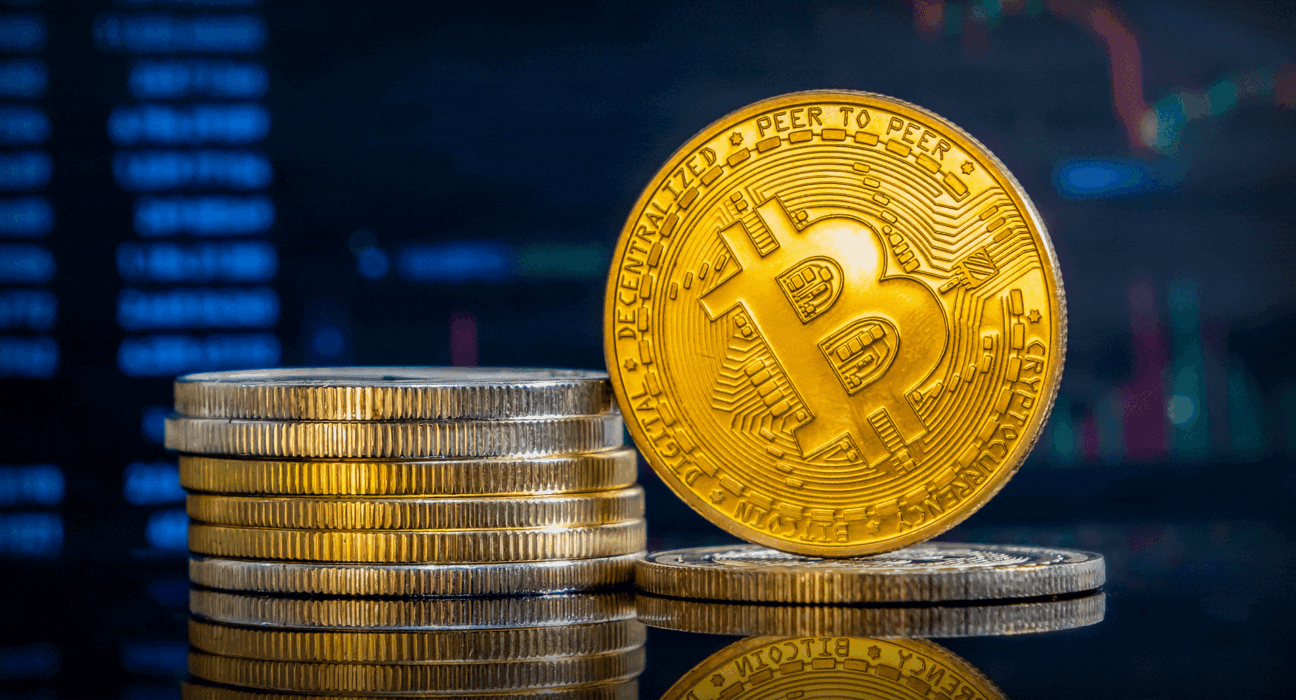A stablecoin is a particular kind of cryptocurrency that aims to keep its value stable in relation to other assets, like the US dollar or gold. Stablecoins do not experience the same level of price volatility as other cryptocurrencies do in the cryptocurrency markets.
The most popular sort of stablecoin is a fiat-collateralized stablecoin, which is backed by a reserve of fiat currency (such as the US dollar or the euro) maintained in a bank account or other secure location. Stablecoins can be tied to a range of other assets. Typically, a central body that is in charge of upholding the peg to the underlying asset issues each stablecoin.
Advantages and Disadvantages of Stablecoins
Like any other cryptocurrency stablecoins too have a range of advantages and disadvantages that they carry with themselves;
| Advantages | Disadvantages |
| Reduced Volatility – Stablecoins are less volatile than other cryptocurrencies, which can fluctuate dramatically in value over short periods of time. This makes them a more stable option for those looking to store or transfer value. | Centralization – Some stablecoins are centralized, meaning that they are controlled by a central authority or organization. This can create a risk of manipulation or censorship, as the organization may have the power to freeze or seize funds. |
| Accessibility – Stablecoins can be used by anyone with an internet connection, and they are often easier to use than traditional banking systems. This can be particularly beneficial for individuals in areas with limited access to financial services. | Counterparty Risk – Stablecoins that are backed by assets such as fiat currency or commodities can be subject to counterparty risk. This means that if the entity backing the stablecoin were to become insolvent or fail to honor its obligations, the stablecoin could lose its value. |
| Security – Stablecoins are often built on blockchain technology, which is known for its security and immutability. This means that transactions using stablecoins are typically more secure than traditional payment methods. | Regulatory Risks – Stablecoins are a relatively new technology and are subject to evolving regulatory frameworks. This can create uncertainty and risk for stablecoin users and issuers. |
The nature and capabilities of stablecoins can be simply understood with some of its examples and properties;
Tether (USDT)
Tether is a stablecoin that is pegged to the US dollar. It is one of the most widely used stablecoins and is often used as a substitution for the US dollar on cryptocurrency exchanges.
USD Coin (USDC)
USD Coin is a stablecoin that is also pegged to the US dollar. It was created by Circle and Coinbase, two of the largest cryptocurrency exchanges in the United States.
Dai (DAI)
Dai is a stablecoin that is pegged to the value of the US dollar, but it is backed by a basket of other cryptocurrencies, rather than fiat currency. This makes Dai less centralized than other stablecoins.
TrueUSD (TUSD)
TrueUSD is a stablecoin that is also pegged to the US dollar. It is backed by US dollars held in escrow accounts, which are audited regularly to ensure transparency and stability.
Paxos Standard (PAX)
Paxos Standard is a stablecoin that is also pegged to the US dollar. It is backed by US dollars held in FDIC-insured bank accounts, which are audited regularly to ensure transparency and stability.
Binance USD (BUSD)
Binance USD is a stablecoin that is also pegged to the US dollar. It was created by Binance, one of the largest cryptocurrency exchanges in the world.












